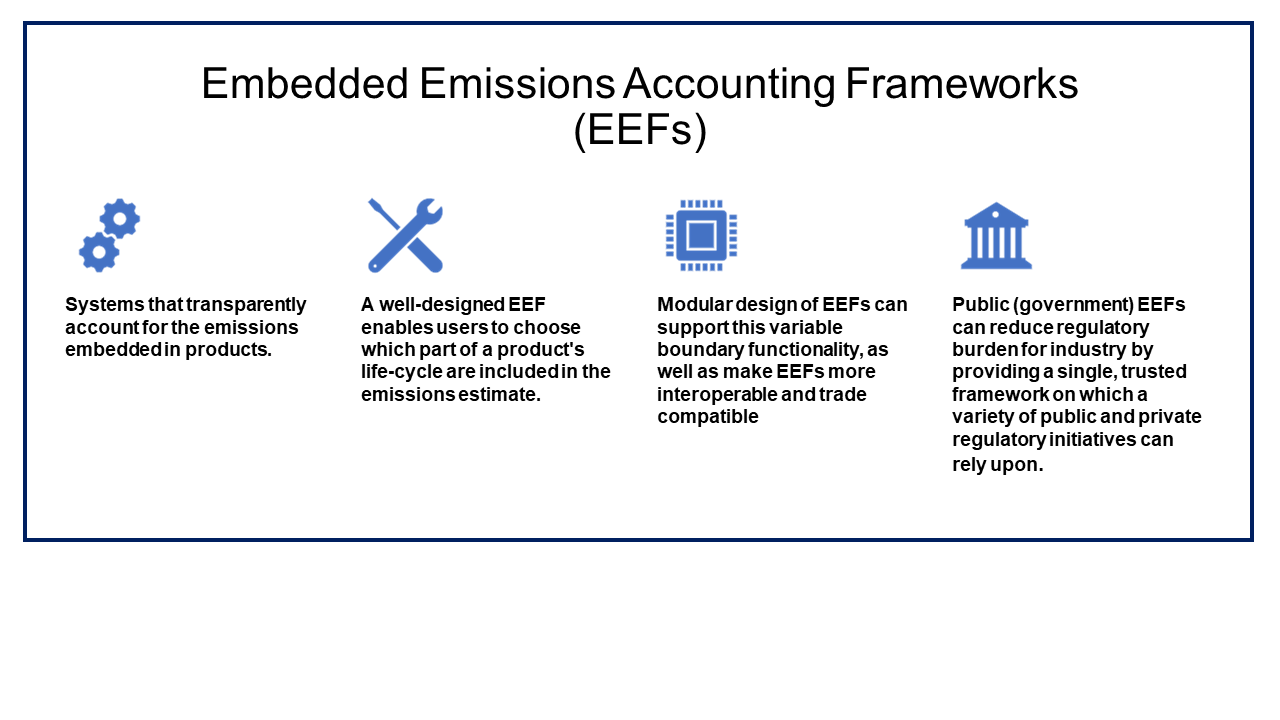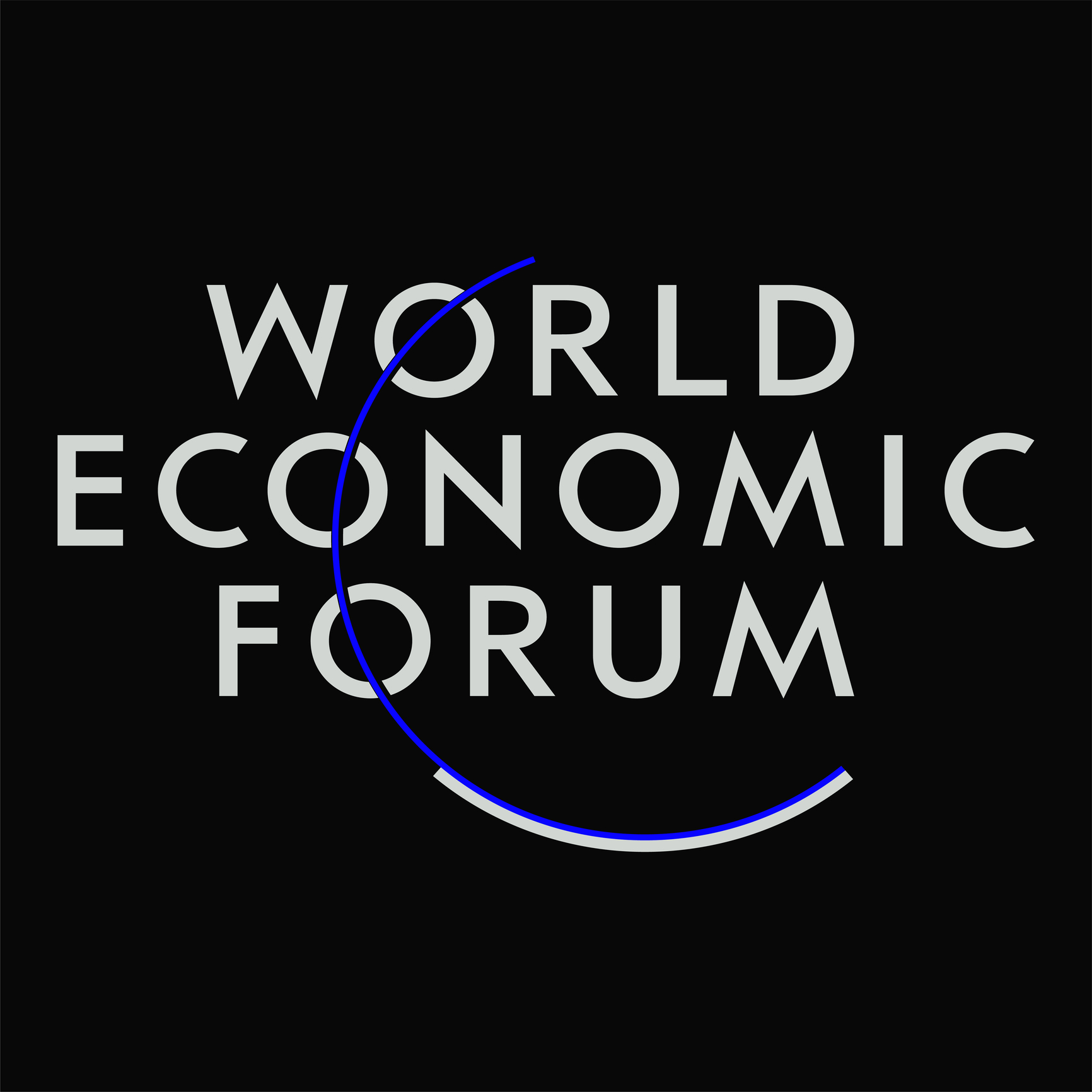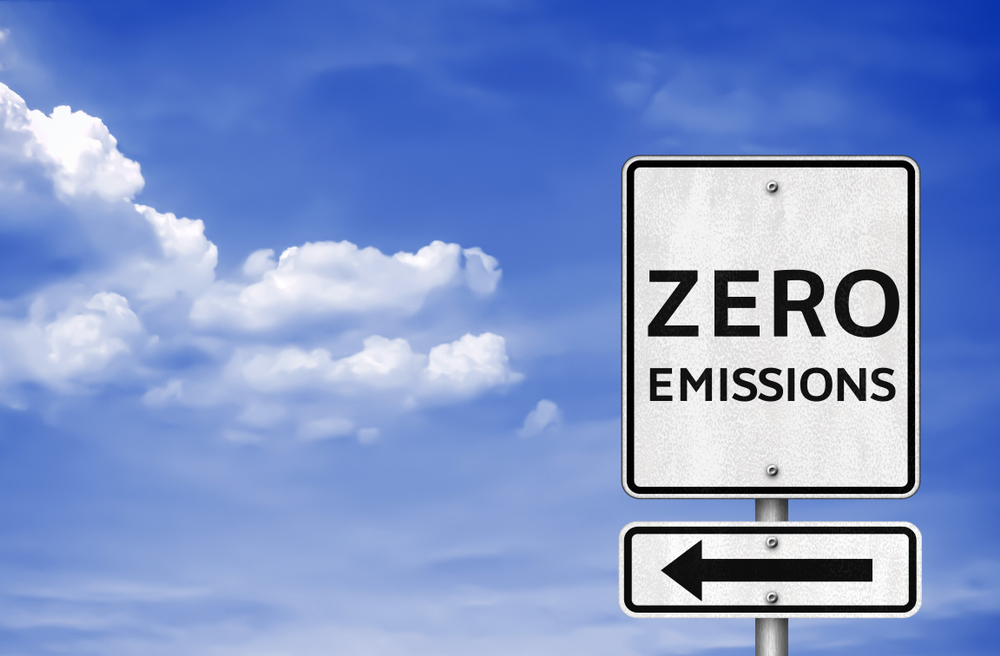The world is far off track to limiting global greenhouse gas (GHG) emissions and keeping global warming at 1.5ºC above pre-industrial levels by 2030 in most scenario outlooks – with the industrial sector alone responsible for contributing about a quarter of worldwide emissions.
Some 22% of these emissions are ‘embedded’ in globally-traded goods and services. Embedded carbon emissions refer to the greenhouse gas emissions generated during the production and transportation of such products – which includes everything from the extraction of raw materials to the manufacturing process and final delivery to the end customer. Different parts of these supply chains may be located in countries with vastly differing average emissions intensity and regulatory frameworks.
Financial sustainability for industries and companies will increasingly depend on their ability to successfully navigate emerging regulatory and market regimes targeted at incentivizing the net zero transition.
And success at this challenge depends on companies’ ability to effectively report their product-embedded emissions through accurate, transparent and comparable GHG emissions data.
Several public and private certification and verification schemes already exist, often called life cycle or carbon footprinting certification. Examples include public regulatory regimes and policies being underpinned by product-embedded emissions accounting, such as the EU’s carbon border adjustment mechanism (CBAM), the EU’s pilot CertifHy scheme, the US Federal Buy Clean Initiative & Inflation Reduction Act programmes, and the Australian government’s proposed hydrogen certification scheme.
Similarly, several private sector initiatives from companies and coalitions have emerged in response to growing net zero supply chain commitments and increasingly stringent climate disclosure regimes, including the International Sustainability Standards Board, Task Force on Climate-related Financial Disclosures, CDP (formerly the Carbon Disclosure Project) and the GRI (Global Reporting Initiative).
Proliferation of emissions certification schemes
Research shows that companies with a better understanding of their product’s carbon emissions along its life cycle achieve larger reported carbon reductions. Verified emissions can also help activate markets for low-carbon products. It is encouraging, therefore, that we are witnessing the rapid development of embedded emissions verification approaches.
However, the current proliferation of competing embedded emissions accounting schemes has also led to concerns about greenwashing and problems caused by inconsistent and potentially inaccurate emission accounting methods.
This large and growing number of competing embedded emissions verification frameworks means there is a danger that users of such information are left confused and producers overburdened from trying to meet the requirements of multiple, inconsistent frameworks.
In response to these concerns, numerous initiatives have emerged to improve the quality and consistency of embedded emissions accounting. Government-led efforts include:
- Guidelines with meta-rules for a large range of products, e.g. the EU’s Environmental Footprint methods
- Guidelines with detailed methodologies for particular products, e.g. the International Partnership for the Hydrogen Economy and UNIDO’s Industrial Deep Decarbonization Initiative – a global coalition of organizations in both the public and private sectors for low carbon industrial materials
- Guarantee of origin schemes containing detailed rules for particular products and a verification system to provide certified quality information on embedded emissions, e.g. the Australian Government’s Guarantee of Origin Scheme
Meanwhile, notable private and transnational efforts include:
- The Greenhouse Gas Protocol Scope 3 Emissions Guidelines
- International Standards Organization (ISO), ISO 14064; ISO 14040:2006, ISO 14067:2018 Environmental management – Life cycle assessment – Principles and framework
- PAS 2050:2011; BP X30-323
- The Emissions transparency: Pathfinder initiative
- THE Coalition on Materials Emissions Transparency (COMET) framework
Such initiatives have the potential to facilitate more sustainable/green trade by providing more trusted product characteristics. They also contribute to interoperability and mutual recognition by all trading partners, including the public and private sectors, to help reduce challenges such as regulatory burdens and barriers.
Unified approach to emissions calculations
The above initiatives notwithstanding, we are still a way from a harmonized and unified approach and framework on emission calculations across international supply chains. This lack of harmonization is hampering the efforts towards achieving enhanced emission reduction transparency and driving towards the decarbonization of industries.
Ultimately, building a consistent emission reporting system enables private sector initiatives – including those around net zero and circularity, where a product, service, or resource is kept in circulation through reuse, regeneration or recycling.
Image Credit: Hina Aslam and Emma Aisbett

Circularity an important consideration in design of EEFs
Circularity presents new opportunities for reducing greenhouse gas emissions, promotes resource efficiency and provides new market opportunities for industries and businesses to move towards a net zero future.
For example, research shows that the circular economy strategies in just four key industrial materials – cement, steel, plastics, and aluminium – can help reduce global greenhouse gas emissions by 40% by 2050 through efficient and more circular use of materials.
EEFs can support circularity and policies encouraging circularity by helping to verify and demonstrate emissions benefits. However circularity poses challenges for embedded emissions accounting.
Circular production systems are, by nature, more complex than linear ones. As such, circularity introduces greater complexity to embedded emissions accounting – leaving even more room for greenwashing and inconsistency between schemes. Before we can seek to improve consistency and interoperability, important research questions must be addressed.
These may include: How will the emissions from scraps, recycled products and co-products be treated? How do we define categories of intermediate products considered waste and which types can substitute for primary production elsewhere? How should emissions from products crossing system boundaries be allocated? What kinds of incentives should be embedded within this reporting system?
Resolving these questions can be supplemented by guidance that industries could harmonise and widely adopt. Achieving this alignment requires the government, industry, businesses and relevant stakeholders to work collectively to enable consistency in embedded emissions accounting methods and interoperability in data exchange systems of product’s cradle-to-gate emissions across the complex value chains of industries.
Clear and consistent frameworks for embedded emissions accounting can provide a range of benefits to companies. These include proving their low carbon credentials to catalyse new markets, obtaining regulatory and market competitiveness, accessing lower trade barriers for agreed environmental goods, and accessing subsidies and tax breaks under green industrial policies.
The world needs the emissions reductions and other benefits circularity can provide. Across countries and sectors, we need to come together and take a deep dive into the complex world of embedded emissions accounting for circular products.
“Why embedded emissions accounting is key to unleashing the power of circularity” originally appeared on the World Economic Forum website.

This article was written by Hina Aslam, Hoffmann Fellow, Circular Economy Policy, World Economic Forum and Emma Aisbett, Associate Professor, ANU School of Law, Associate Director (Research) Zero-Carbon Energy for the Asia-Pacific Grand Challenge, ANU College of Law.
The World Economic Forum is the international organization for public-private cooperation. Established in 1971 and headquartered in Geneva, Switzerland, the Forum engages the foremost political, business, cultural and other leaders of society to shape global, regional and industry agendas. It is independent, impartial and not tied to any special interests. The Forum strives in all its efforts to demonstrate entrepreneurship in the global public interest while upholding the highest standards of governance.





